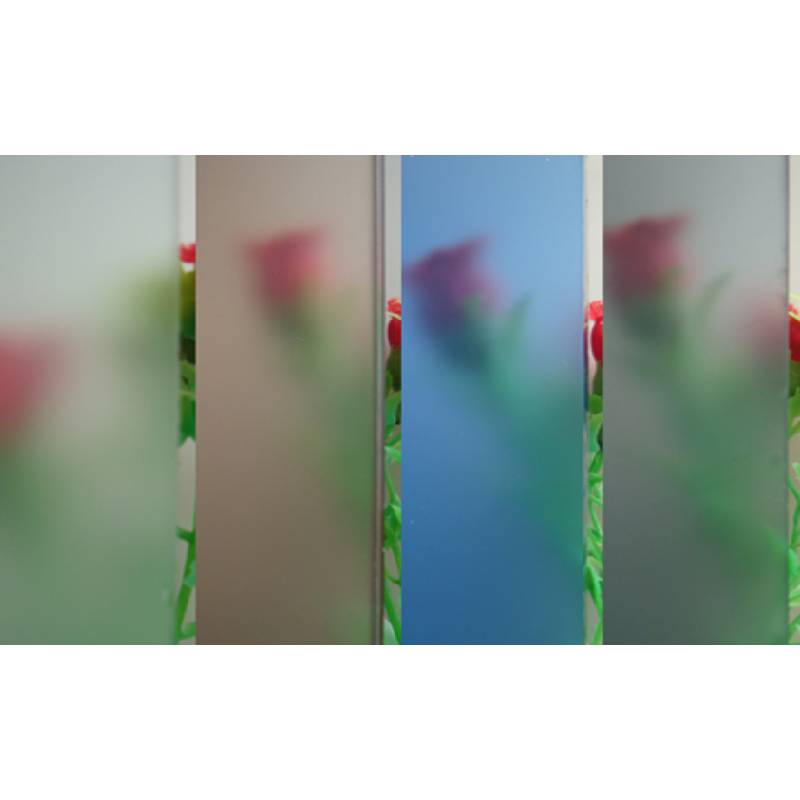

The Allure of Coloured Mirror Glass Reflections of Beauty and Functionality
Coloured mirror glass has emerged as a captivating material that combines aesthetic appeal with practical functionality. In contemporary design, it offers a multitude of applications, from architectural elements to decorative pieces, enhancing spaces with its vibrant hues and reflective qualities. This article explores the significance of coloured mirror glass, its diverse uses, and the growing trend of integrating this fascinating material into modern decor.
At its core, coloured mirror glass is created by applying a layer of color to a mirror surface. This process not only allows for a spectrum of colours but also retains the reflective properties of glass. As a result, coloured mirror glass can transform ordinary spaces into dynamic environments filled with playfulness and creativity. The ability to reflect light in various shades adds depth and dimension to any room, making it an ideal choice for interior designers and architects alike.
One of the most popular uses for coloured mirror glass is in wall decor. Whether as a statement piece or part of a larger mural, these mirrors can infuse a room with energy and character. For instance, a vibrant red or blue mirror can serve as a focal point in a modern living room, drawing the eye and complementing furniture and fixtures. Additionally, they can be employed in smaller sizes as accents, creating a cohesive look that enhances the overall design.

Beyond wall decor, coloured mirror glass is also utilized in furniture design. Tables with glass tops featuring coloured mirror surfaces can serve dual purposes, functioning as both a functional surface and a captivating visual element. This fusion of practicality and design makes coloured mirror glass furniture particularly sought after in contemporary homes and commercial spaces. Moreover, its reflective quality can create an illusion of space, making smaller areas appear larger and more open.
In the realm of architecture, coloured mirror glass has found its niche as a dynamic facade material. Buildings adorned with coloured mirror glass not only stand out but also interact uniquely with their surroundings. The reflections cast by the glass can change throughout the day, adapting to the light and the environment. This dynamic quality can make urban spaces feel more vibrant and alive, showcasing the interplay between structure and nature.
Moreover, the eco-friendly aspect of coloured mirror glass cannot be overlooked. As sustainability becomes a priority in design, many manufacturers are adopting environmentally friendly practices to create their products. This shift not only addresses ecological concerns but also appeals to consumers who value mindful consumption.
In conclusion, coloured mirror glass represents a beautiful fusion of art and functionality. Its versatility in application, from wall decor to architectural elements, along with its vibrant colors and reflective qualities, make it a beloved choice in modern design. As we move forward, we can expect to see even more innovative uses and creative expressions involving this stunning material. Whether enhancing a living space or adding flair to a public building, coloured mirror glass continues to reflect the ever-evolving landscape of contemporary design.